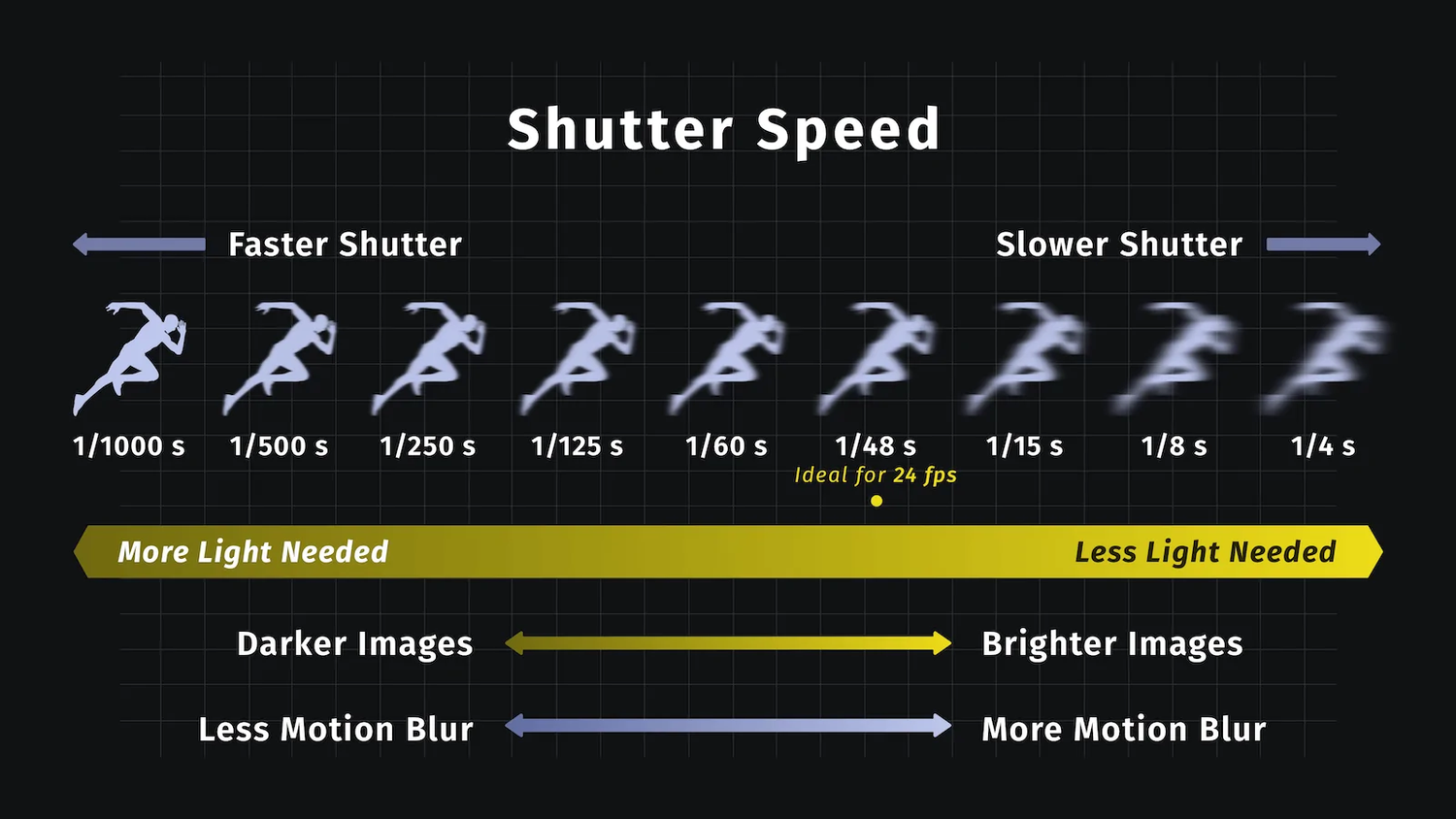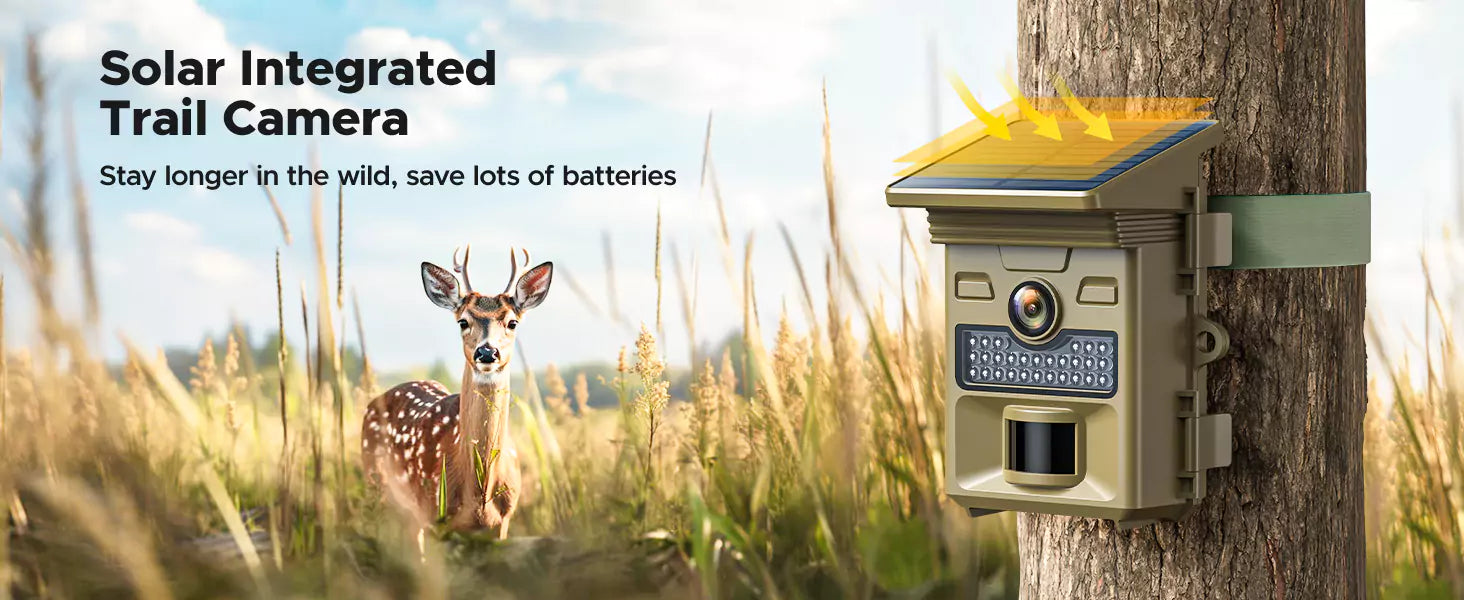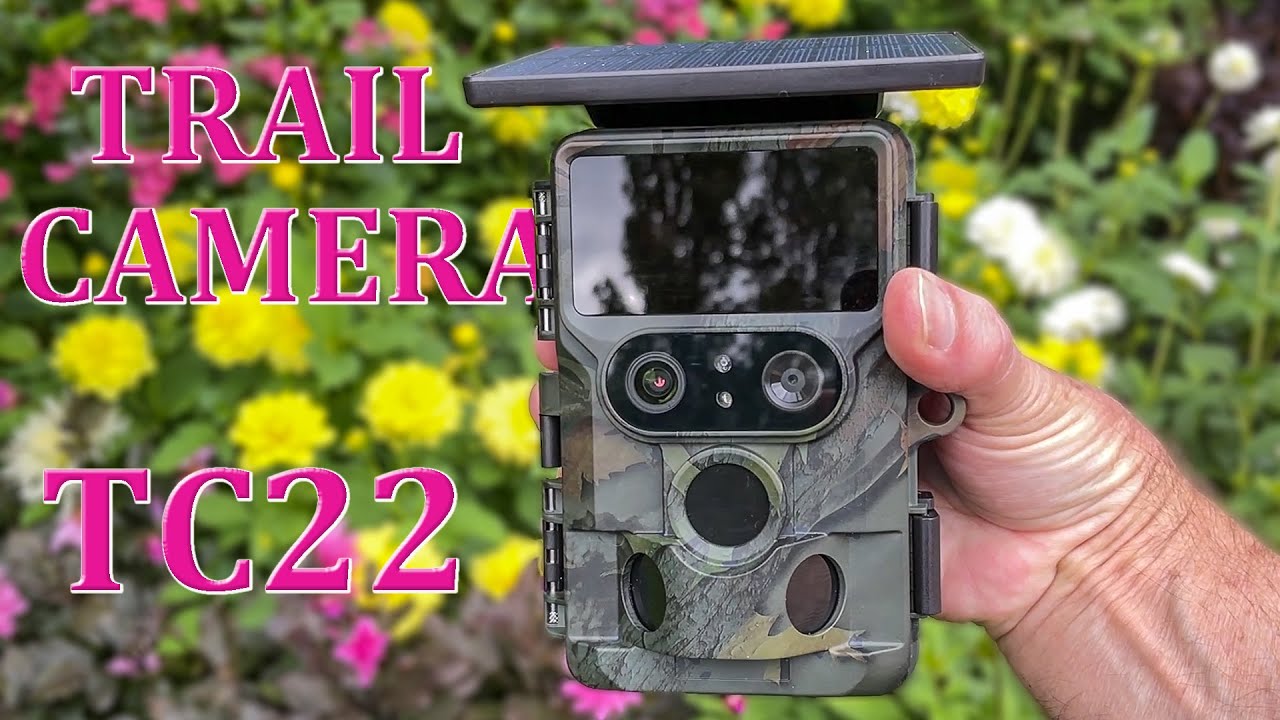Trail cameras have become indispensable tools for wildlife enthusiasts, researchers, and conservationists alike. These remote cameras offer a unique perspective into the lives of animals, capturing their behavior and interactions with the environment. Among the various technical aspects that contribute to the effectiveness of trail cameras, shutter speed stands out as a crucial parameter. Let's explore why shutter speed is so important in the context of trail cameras:
Motion Freeze

One of the primary functions of a trail camera is to capture clear images of wildlife in motion. Whether it's a deer darting through the underbrush or a bird taking flight, the ability to freeze motion is essential for obtaining sharp and detailed photographs. A faster shutter speed ensures that moving subjects are captured crisply without motion blur, preserving the vitality and energy of wildlife moments.
Image Clarity

Shutter speed directly impacts the clarity and sharpness of images captured by trail cameras. A faster shutter speed allows for shorter exposure times, reducing the likelihood of camera shake and motion blur. As a result, the images produced are clearer and more defined, showcasing the intricate details of the subjects being photographed. This is especially important in wildlife monitoring and research, where accurate identification and analysis of species are paramount.
Versatility in Different Conditions

Trail cameras operate in a variety of environmental conditions, from bright daylight to low-light nighttime settings. The ability to adjust shutter speed allows photographers to adapt to these diverse conditions effectively. For example, during the day, a faster shutter speed helps prevent overexposure and maintains image clarity. Conversely, in low-light conditions, a slower shutter speed can capture more light, allowing for clearer images without the need for additional artificial lighting.
Capturing Behavior

Observing and documenting wildlife behavior is a fundamental aspect of wildlife research and conservation. With the right shutter speed, trail cameras can capture fleeting moments of animal behavior with precision and accuracy. Whether it's a predator stalking its prey or a group of animals engaging in social interactions, the ability to freeze these moments in time provides valuable insights into the behavior and ecology of various species.
Minimizing False Triggers

In addition to capturing wildlife, trail cameras are also susceptible to capturing false triggers caused by environmental factors such as wind-blown vegetation or moving branches. By adjusting the shutter speed appropriately, photographers can minimize the likelihood of false triggers, ensuring that the camera only activates when actual wildlife movement is detected. This helps conserve battery life and storage space while maximizing the efficiency of data collection.
Documentation and Education

Trail cameras serve not only as scientific tools but also as educational resources for raising awareness about wildlife conservation and ecology. High-quality images captured with the right shutter speed can be used for educational purposes, outreach initiatives, and public engagement efforts. By showcasing the beauty and diversity of wildlife through stunning imagery, trail cameras help foster a deeper appreciation for the natural world and the need to protect it.
In conclusion, shutter speed plays a pivotal role in the effectiveness and utility of trail cameras for wildlife monitoring, research, and conservation. By understanding the importance of shutter speed and its impact on image quality, photographers can maximize the potential of trail cameras to capture the beauty, behavior, and biodiversity of the natural world. Whether deployed for scientific research, conservation efforts, or personal enjoyment, trail cameras equipped with the right shutter speed settings can provide invaluable insights into the hidden world of wildlife.




Leave a comment
This site is protected by hCaptcha and the hCaptcha Privacy Policy and Terms of Service apply.